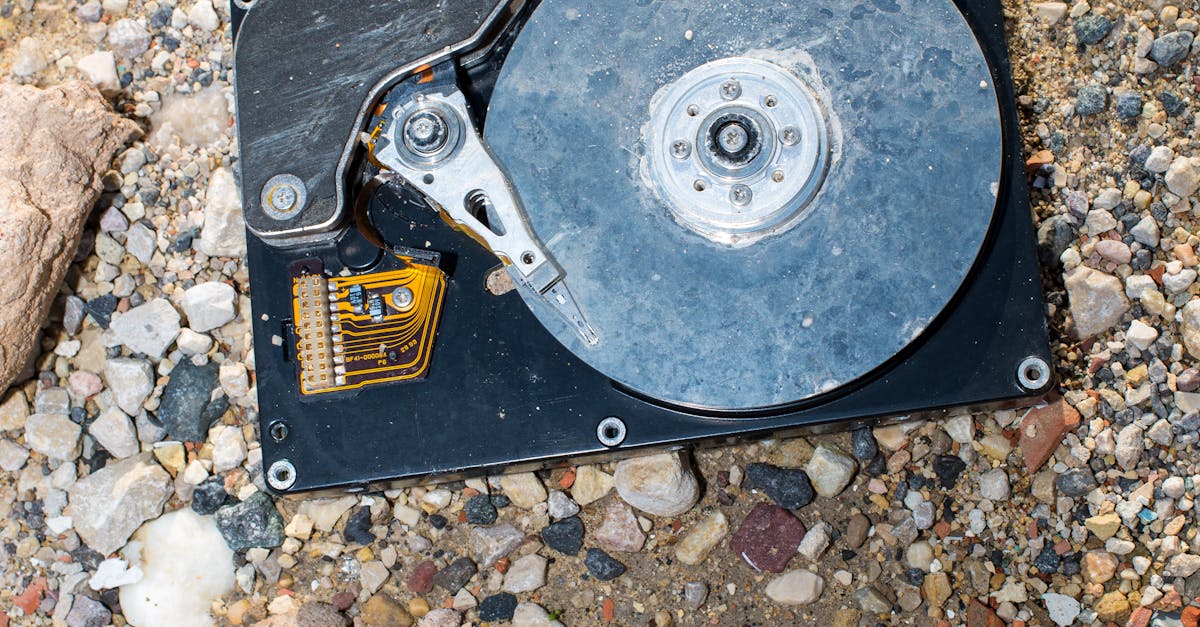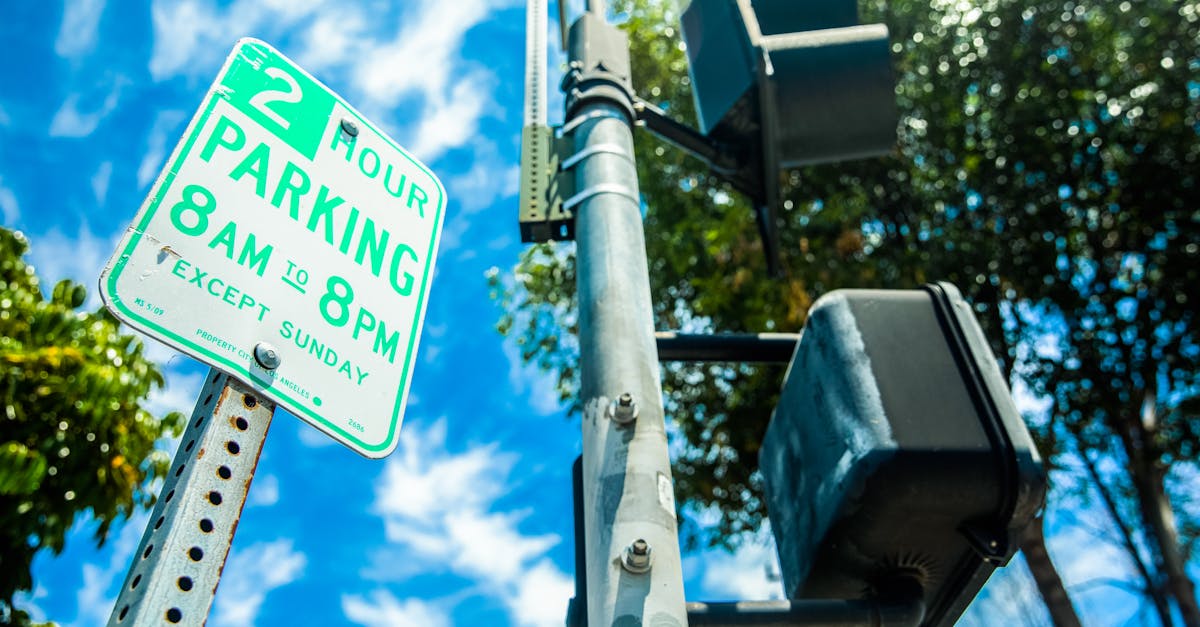Striking Gold in the Digital Minefield: Unlocking the Value of E-Waste

Gold and the E-Waste Landscape: Navigating Regulations and Responsible Handling
In the digital age, electronic waste (e-waste) has become a growing concern. From discarded smartphones to obsolete computers, e-waste contains a significant amount of valuable materials, including gold. However, recovering gold from e-waste responsibly requires adherence to regulations and best practices to minimize environmental impact and maximize social benefits.
This article delves into the intricate relationship between gold and e-waste, exploring the regulatory framework, industry standards, and best practices for responsible gold handling. We will examine the challenges faced in e-waste recycling and highlight future trends and innovations that are shaping the future of responsible recycling.
Key Insights
5 Key Insights on Gold and E-Waste Recycling:
- E-waste is a growing problem, and it contains valuable materials like gold that can be recovered and reused.
- Responsible gold handling during e-waste recycling is essential to minimize environmental and social impacts.
- Best practices for gold recovery involve physical separation, chemical extraction, and electrolytic recovery.
- Challenges in e-waste recycling include the lack of standardized processes, the presence of hazardous materials, and the informal sector.
- Future trends and innovations in e-waste recycling include automated sorting systems, new gold recovery technologies, and increased collaboration.
1. The Rise of E-Waste and Gold’s Role
The Rise of E-Waste and Gold’s Role: Understand the surging global e-waste problem and the significance of gold recovery from discarded electronics.
The world is facing a growing e-waste crisis. Every year, millions of tons of discarded electronics end up in landfills or are illegally dumped, posing environmental and health hazards. E-waste contains valuable materials, including gold, which can be recovered and reused, reducing the need for mining and minimizing waste.
Gold is a precious metal used in various industries, including jewelry, electronics, and dentistry. It is also an excellent conductor of electricity, making it ideal for use in electronic devices. As the demand for electronics continues to grow, so does the demand for gold. However, mining gold can have severe environmental and social impacts, including deforestation, water pollution, and displacement of local communities.
Recovering gold from e-waste offers a more sustainable and environmentally friendly alternative to mining. E-waste recycling plants use specialized techniques to extract gold from discarded electronics, reducing the need for new gold mining and minimizing the environmental impact associated with gold production.
2. Regulatory Framework for E-Waste

Regulatory Framework for E-Waste: Explore the international and regional regulations that set guidelines for e-waste management, including gold recovery and recycling.
The global e-waste problem requires a concerted effort from governments, industries, and individuals to address it effectively. Several international and regional regulations have been established to provide a framework for responsible e-waste management, including guidelines for gold recovery and recycling.
The Basel Convention is an international treaty that aims to control the transboundary movement of hazardous waste, including e-waste. It sets out guidelines for the environmentally sound management of e-waste, including the recovery and recycling of valuable materials such as gold. The convention also promotes the development of national and regional e-waste management strategies.
In the European Union, the Waste Electrical and Electronic Equipment (WEEE) Directive sets out specific requirements for the collection, treatment, and recycling of e-waste. The directive includes targets for the recovery and recycling of various materials, including gold. Member states are required to implement the directive into their national laws and establish systems for the collection and recycling of e-waste.
3. Gold Standards and Certification
Gold Standards and Certification: Discover industry-recognized standards and certifications that ensure responsible gold handling during e-waste recycling.
To ensure that gold is recovered from e-waste in a responsible and ethical manner, several industry-recognized standards and certifications have been developed. These standards and certifications provide guidelines for best practices in e-waste recycling, including the handling and recovery of gold.
The Responsible Jewellery Council (RJC) has developed a set of standards for the responsible sourcing, production, and distribution of gold. The RJC’s Code of Practices includes requirements for responsible e-waste recycling, ensuring that gold is recovered from e-waste in a way that minimizes environmental and social impacts.
The e-Stewards Standard is a certification program for electronics recyclers that meet specific environmental and social standards. e-Stewards certified recyclers are audited to ensure that they handle e-waste responsibly, including the recovery and recycling of gold. Certified recyclers must also meet strict requirements for worker safety, environmental protection, and data security.
4. Best Practices for Gold Recovery

Best Practices for Gold Recovery: Learn about best practices for gold extraction from e-waste, minimizing environmental impact and maximizing gold recovery efficiency.
Recovering gold from e-waste requires specialized techniques and processes to ensure efficient recovery while minimizing environmental impact. Here are some of the best practices for gold recovery from e-waste:
1. Physical Separation: The first step in gold recovery is to physically separate gold-bearing components from other materials in e-waste. This can be done manually or using automated sorting equipment. Gold-bearing components, such as circuit boards and connectors, are then collected for further processing.
2. Chemical Extraction: Once the gold-bearing components are separated, chemical processes are used to extract gold. This involves dissolving the components in a solvent that selectively dissolves gold, leaving behind other materials. The gold-bearing solution is then separated from the remaining waste.
3. Electrolytic Recovery: The gold-bearing solution is then subjected to an electrolytic process, where an electric current is passed through the solution. This causes the gold to deposit on the cathode, where it can be collected and refined.
5. Environmental and Social Implications
Environmental and Social Implications: Examine the environmental and social benefits of responsible gold handling, including reduced pollution and improved working conditions.
Responsible gold handling during e-waste recycling offers numerous environmental and social benefits. By recovering gold from e-waste, we can reduce the need for mining, which has significant environmental and social impacts.
Mining for gold can lead to deforestation, water pollution, and displacement of local communities. Responsible gold handling practices in e-waste recycling help to mitigate these impacts by reducing the demand for newly mined gold. Furthermore, proper e-waste recycling ensures that toxic materials, such as lead and mercury, are handled and disposed of responsibly, preventing them from contaminating the environment.
In addition to the environmental benefits, responsible gold handling also has positive social implications. E-waste recycling provides employment opportunities and supports local economies. It also helps to improve working conditions in the e-waste recycling industry by promoting fair labor practices and ensuring the health and safety of workers.
6. Challenges in E-Waste Recycling
Challenges in E-Waste Recycling: Identify the challenges faced in the e-waste recycling industry, particularly in relation to gold recovery and responsible handling.
Despite the growing awareness of the importance of responsible e-waste recycling, the industry still faces several challenges, particularly in relation to gold recovery and responsible handling. One of the main challenges is the lack of standardized processes for e-waste recycling, which can lead to inconsistent and inefficient practices.
Another challenge is the presence of hazardous materials in e-waste, which requires specialized handling and disposal techniques to prevent environmental contamination. Additionally, the low concentration of gold in e-waste compared to ore makes the recovery process more complex and expensive.
Furthermore, the informal e-waste recycling sector, particularly in developing countries, often operates without proper environmental and safety regulations, leading to environmental and health risks for workers and communities.
7. Future Trends and Innovations
Future Trends and Innovations: Explore emerging technologies and initiatives aimed at improving e-waste management and gold recovery, shaping the future of responsible recycling.
The future of e-waste recycling and gold recovery looks promising, with emerging technologies and initiatives aimed at improving efficiency, sustainability, and responsible handling. One exciting trend is the development of automated e-waste sorting systems that use AI and robotics to identify and separate different materials, including gold-bearing components.
Another area of innovation is the exploration of new technologies for gold recovery from e-waste. Hydrometallurgical and bioleaching techniques are being investigated to improve the efficiency and reduce the environmental impact of gold extraction. Additionally, research is ongoing to develop more sustainable and cost-effective methods for recycling other valuable materials from e-waste, such as copper and rare earth metals.
Furthermore, there is a growing emphasis on collaboration and standardization within the e-waste recycling industry. International initiatives are underway to harmonize regulations and promote best practices for responsible e-waste management, including gold recovery. These efforts aim to create a more sustainable and transparent global e-waste recycling system.
Why is it important to recover gold from e-waste?
Recovering gold from e-waste is important for several reasons. First, it reduces the need for mining, which can have significant environmental and social impacts. Second, it conserves natural resources and reduces the amount of e-waste going to landfills. Finally, it can generate revenue to support e-waste recycling programs.
What are the challenges in recovering gold from e-waste?
There are several challenges in recovering gold from e-waste. First, the concentration of gold in e-waste is relatively low, making it difficult to extract economically. Second, e-waste often contains hazardous materials that need to be handled and disposed of properly. Finally, the informal e-waste recycling sector often operates without proper environmental and safety regulations, leading to environmental and health risks.
What are the benefits of responsible gold handling in e-waste recycling?
Responsible gold handling in e-waste recycling offers several benefits. It reduces pollution by preventing toxic materials from entering the environment. It also improves working conditions for e-waste recyclers and supports local economies. Finally, it helps to ensure that gold is sourced in a sustainable and ethical manner.
What are the future trends and innovations in e-waste recycling and gold recovery?
Several emerging technologies and initiatives aim to improve e-waste management and gold recovery. These include automated e-waste sorting systems, new gold recovery technologies, and a growing emphasis on collaboration and standardization within the industry. These efforts aim to create a more sustainable, efficient, and transparent global e-waste recycling system.
Table of Key Insights
| Key Insight | Description | |—|—| | E-waste is a growing problem, containing valuable materials like gold. | The amount of e-waste generated globally is increasing rapidly, and it contains significant amounts of valuable materials, including gold. | | Responsible gold handling during e-waste recycling is essential. | Recovering gold from e-waste can have environmental and social impacts, so it’s important to follow responsible practices to minimize these impacts. | | Best practices for gold recovery involve physical separation, chemical extraction, and electrolytic recovery. | These techniques can be used to efficiently recover gold from e-waste while minimizing environmental impact. | | Challenges in e-waste recycling include the lack of standardized processes, the presence of hazardous materials, and the informal sector. | These challenges hinder the effective and responsible recycling of e-waste. | | Future trends and innovations in e-waste recycling include automated sorting systems, new gold recovery technologies, and increased collaboration. | These advancements aim to improve the efficiency, sustainability, and transparency of e-waste recycling.

0 responses to “Gold and the E-Waste Landscape: Navigating Regulations and Responsible Handling”